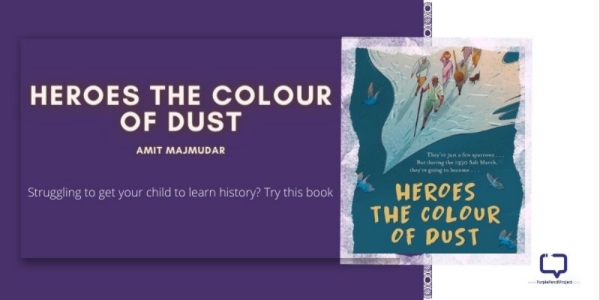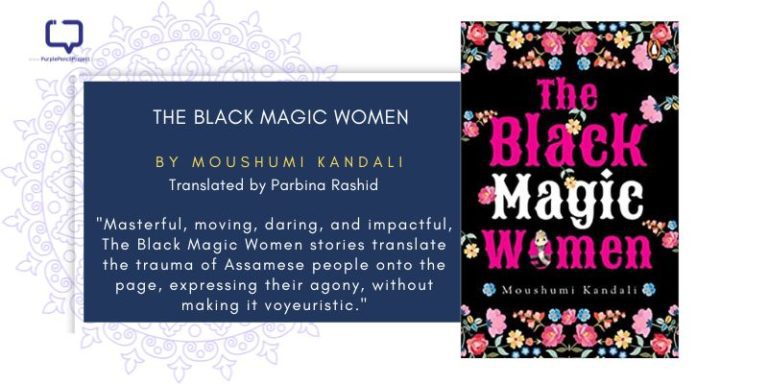In everyday life, we come across many kinds of performing arts – movies, plays, dance performances, singing shows, street plays, etc – each distinct in their own unique way. Even the tapping of your feet in sync to the beats, the strokes of a colour in a painting you pause to admire and the hymns and bhajans you hear during a puja, the words of a book expertly juxtaposed next to each other – all have a certain rhythm, a style, a format in which they flow. How did this rhythm come to be, and who made it? Where did it come from? Why is it that even centuries later, we are still following the same format?
St. Xavier’s Department of Ancient India Culture and Archaeology offers the ‘History of Performing Arts and Theatre’ course that answers all the above questions in a stimulating and fascinating manner. Offered as a part of the MA syllabus, this course is open to all students as a certificate course spanning over a regular semester (July to November 2019). The syllabus gives practitioners of performing arts a theoretical background, from how they were practiced in Ancient India.
The course syllabus is designed and taught by Associate Professor of the Ancient Indian Culture Department, Dr. Radha Kumar. A Bharatnatyam enthusiast, Sitar player and teacher, PhD in Ancient Indian Culture from Mumbai University and past Ted-X speaker, Professor Kumar has been teaching since over two decades.
Among the many sources of performing arts covered by this course, the most important and primary is literature. Secular and sacred texts, texts on performing arts like the Natyashastra and Puranas with reference to their origin, epics and many others serve as the theoretical basis of the formulation of Performing Arts in Ancient India.
I caught up with Prof. Kumar (since I am also taking this course), to understand why and how literature makes its way into every form of human creation and why learning the origin of performing arts in this day and age is relevant.
Excerpts:
What according to you forms a connection between culture, art and literature?
As far as India goes, everything is completely inter-related, it’s a holistic study because in India it’s always the philosophy and the ethos behind it; whether it’s a painting, whether it’s a sculpture, the ethos behind it is all that matters.
What is being represented is one thing, but it’s very important to understand why it is being represented in a way, both in the static as well as dynamic arts – static arts are sculpting, painting, etc. and dynamic arts would be the performing arts – music, dancing, etc. What we are seeing is a complete synergy and a basic understanding of that thought process – it is based on what we call ‘sat chit ananda’ which means ‘existence consciousness and bliss’.
How do you use/inculcate literature as a part of the performing arts course?
Literature is an innate part because for studying performing arts entails understanding the sources, so a lot of textual material is part of the syllabus whether it is the Natyashastra, Sangeetratnakara, including the Vedas (because the Saman hymns used to be sung in a sing-song manner), stories from the graphic arts, the secular works, Kalidasa’s works – there’s so much in the body of classical Indian literature to draw from.
There are various works of Kalidasa that speak about aspects of performing arts in the sense what was really happening in the society, the music, the dance. And in our course we touch on all those aspects, we try and cover a vast ground to give a thorough idea to the students on how these aspects are so enshrined in the stories of old.
Why are books/reading important in this day and age?
I think without reading the human mind will become completely closed. I always state it in a very jocular way: book is a man’s best friend because you can shut them up at any time and they will not take offence!
Books today are as important as ever, for reasons oft expounded, but the entire online culture and exposure to social media has inculcated itself into the entire student community. This is my 26th year teaching, I’ve completed 25 years in Xaviers, and I see reading gradually fading away.
There are quite a few organizations like Chinmaya, Ram Krishna Matir, Chokamba Series, Bhartiya Vidya Bhavan that go through scholarly works and their original texts and make it very simple for the common man to read. Then too, nowadays I don’t see any student sitting in a corner somewhere, engrossed in a book.
How important is it to have theoretical understanding of something as expressive as performing arts?
Performing arts actually deal with human psychology. Whether you’re looking at the Navrasas or you’re reading the Natyashastra, Bharata; all the texts studied by students in this course deal with the human mind. It tells you how to understand yourself, it trains you. Like yoga, it’s a discipline.
So a lot of it is a part of performing arts and when we learn the Navrasas, not just the practical bit of it, but if a student is studying this paper from a theoretical view point to know what is happening, it helps a lot with the basic understanding. For example, if you are looking at this fantastic scene of the Vishwaroopadarshana of the Mahabharata and if you’re not going to understand its literary aspect, if you’re not going to understand the story, how will you understand the depiction? That’s why the performers need to read these works, to be able to depict these stories through their art most truthfully.
Why did performing arts even come into existence, how the theatre was constructed, what are the formalities of staging of a play- reading about these questions tells us what an evolved culture we were, what thinking minds we were; sensitivity, accountability, respect for the environment around, all that was given due place.
Where does literary theory fit into performing arts?
It fits into it completely. Performing arts cannot be studied, cannot be interpreted, and cannot be understood without understanding the literature. So whether it is the Puranas or whether it is the classic textual references like Sangitaratnakara or the Natyashastra, Abhiyadarpanam, it cannot be studied without understanding any of this.
At the same time in Hindustani classical music there is a Batkarni Sangeet Shastra, which talks about the theory of music, which can be studied only by understanding the literature. Only through the study of literature can one understand the essence of what is being done. Poetry cannot be understood without the grammar. Literature gives you the format of that grammar, it helps you to articulate, it helps you to get into the depth of things. Otherwise everything would be very superficial, it won’t touch, it won’t trigger you.
You can register for the course here.




















2 Responses
Super write up.. Beautifully explained the interrelationships…
Thank you!